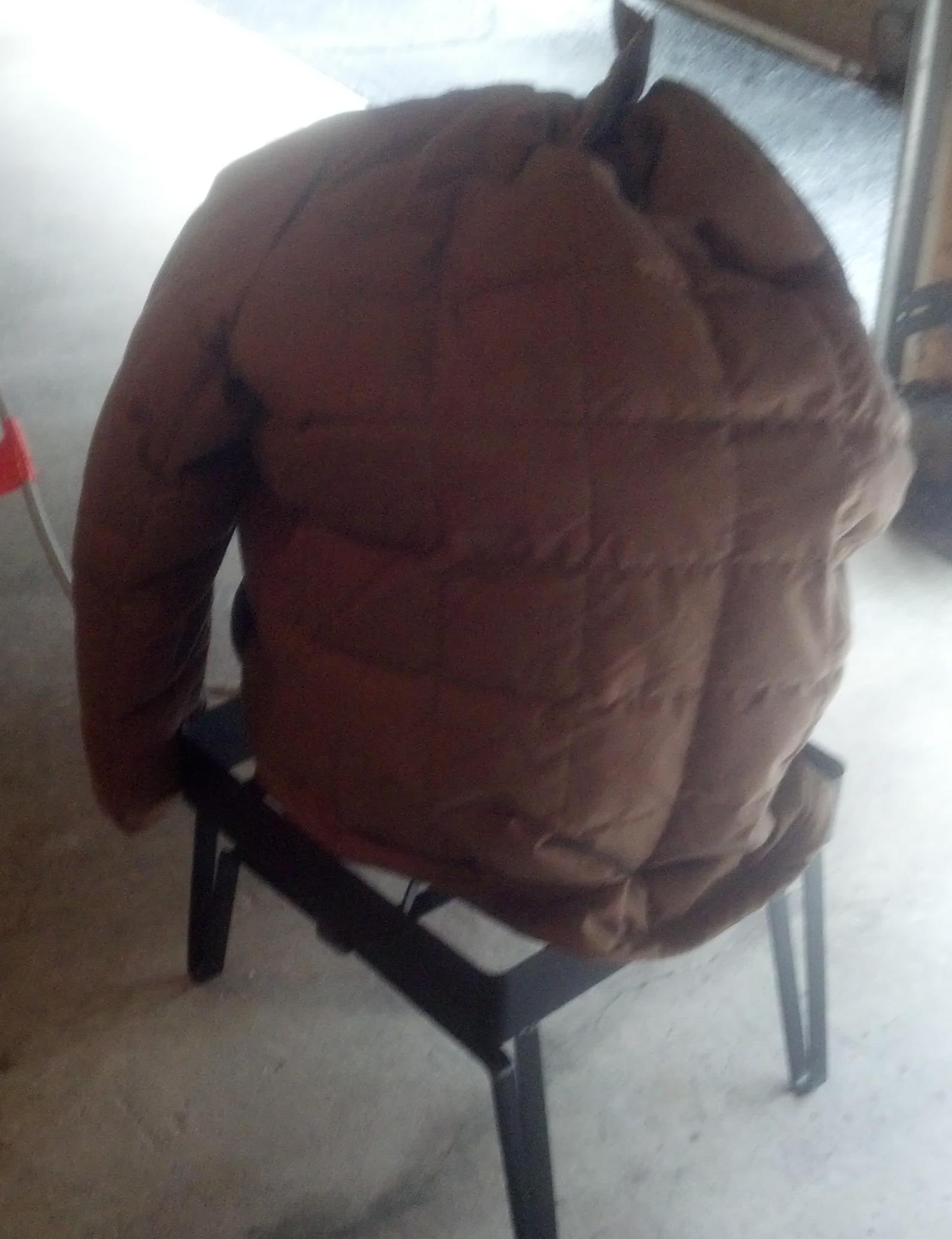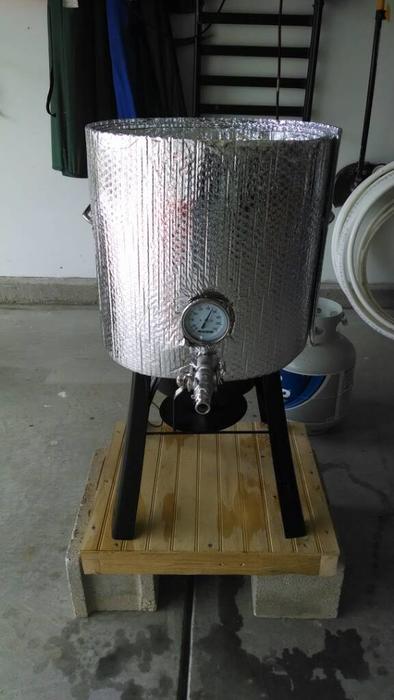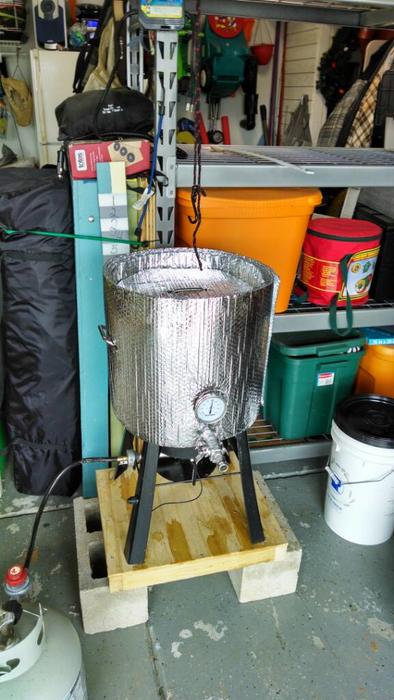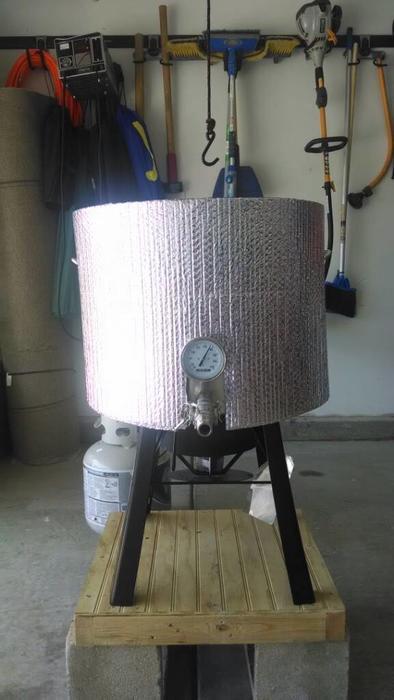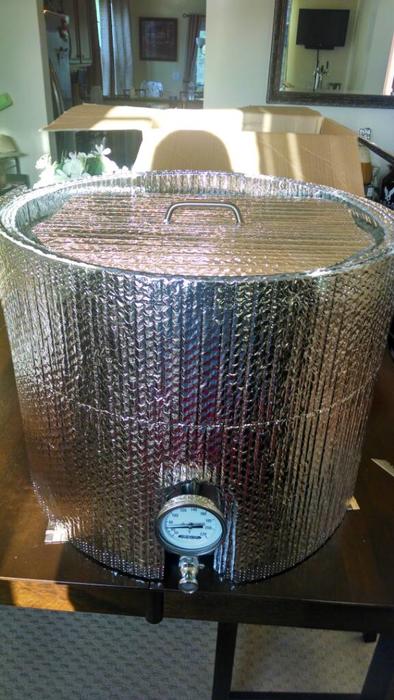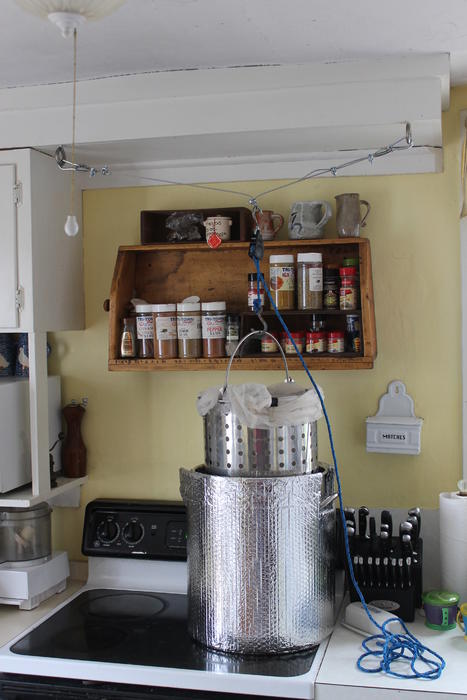Read through this thread.
https://www.homebrewtalk.com/f13/cutting-brew-day-time-time-challenge-487453/#post6328469
I used iodine as an indicator and showed conversion was over in 3 minutes but I was informed that the alpha amylase could have converted the starches to long chain sugars and that the beta amylase would take much longer to do its job. According to Owly055, using a refractometer, the conversion really is complete in about 5 minutes. Here is his analysis. "I conducted the amazing 10 minute mash test and was shocked at how rapidly the conversion took place.
* One gallon test brew using 2 pounds of 2 row and some crystal. Double crushed, the
second pass done at .010 spacing.
* Dough in at 130 tap water temp, and crank the heat up
* When the mash reached 145, I turned the heat down to prevent it running through
the mash range too fast, as this is a very small batch
* Stirring constantly, the conversion started happening big time at around 149. I could
actually see it happen. The milky liquid cleared and thinned into a nice clear wort.
Meanwhile the brix jumped rapidly up to 10, and stopped just shy of 12. Post boil brix
I mashed with 1.5 gallons of strike water for a one gallon brew (excessive), and the
brix well above my target. The actual conversion took about 5 min. There is
absolutely no doubt that I achieved complete conversion.
I learned a few things here, one, perhaps the most important is that conversion can happen very very rapidly..... as I was told, two is that when you are watching, you can visually see it happen. Stirring appears to be important....... at least I think so. I also learned that the iodine test is a waste of time. As riot suggested, the refractometer is extremely effective. When the brix quits rising, conversion is obviously complete.
In conclusion, it's pretty obvious that my steady heat program will work fine as long as I monitor temps and stir through the mash range. That puts my 2 hour brew cycle within easy reach. It also alleviates the boredom of waiting. I will have to stir through the heating cycle until I hit 165 or so, then I'll have an hour boil to wait through.
This test brew is in the boil now. I will boil it down to 3/4 gallon, and ferment it in a one gallon ice tea jug, adding sterile water to make up the gallon after the krausen has fallen. Hopped with Motueka fwh and Motueka 30 min and Nelson Sauvin 5 min. (4 grams each) The extra long boil to boil it down to 3 quarts throws my hop additions all out of whack, but who cares! As long as it tastes decent (and it will), and has IBUs between 30 and 60 (and it will), I'm happy. It should give me 6 half liter bottles of good ale, easily.
H.W."


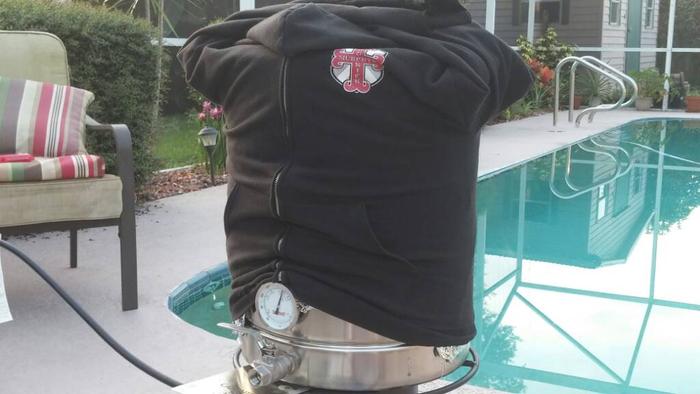
































![Craft A Brew - Safale S-04 Dry Yeast - Fermentis - English Ale Dry Yeast - For English and American Ales and Hard Apple Ciders - Ingredients for Home Brewing - Beer Making Supplies - [1 Pack]](https://m.media-amazon.com/images/I/41fVGNh6JfL._SL500_.jpg)























